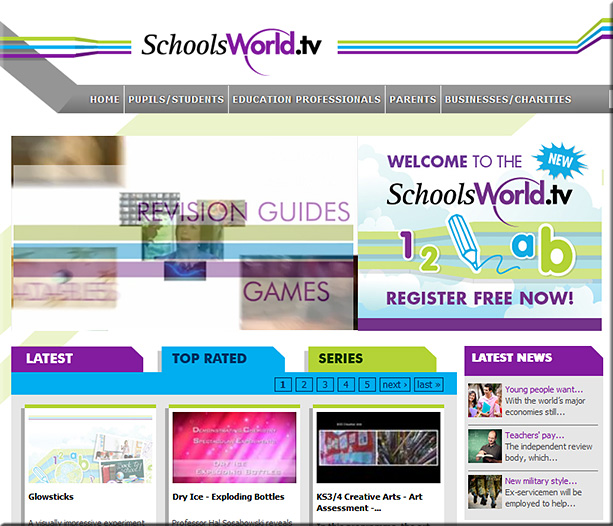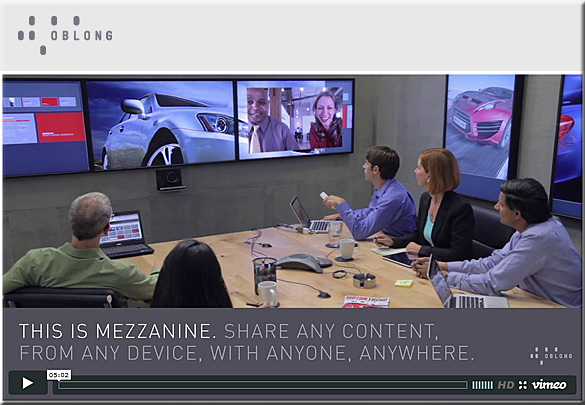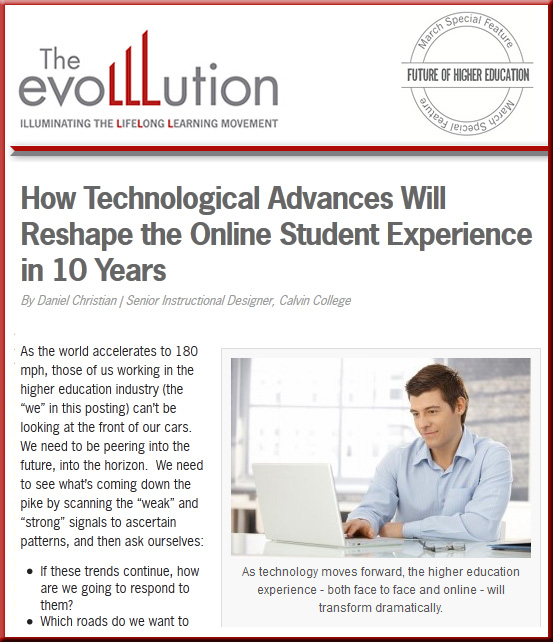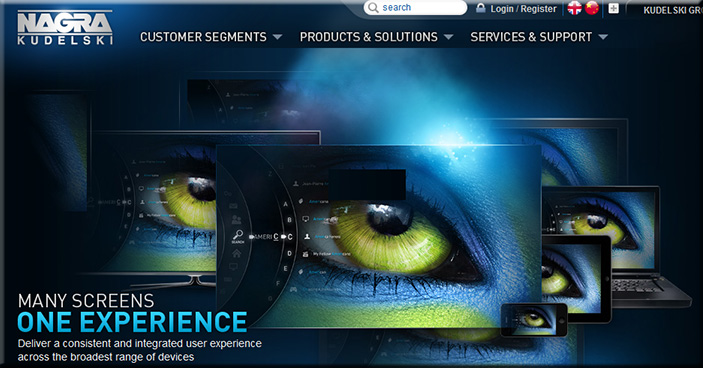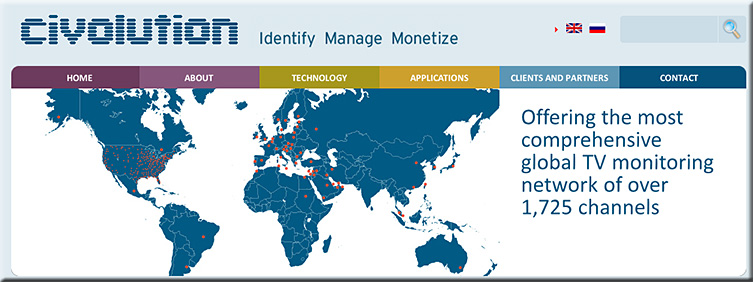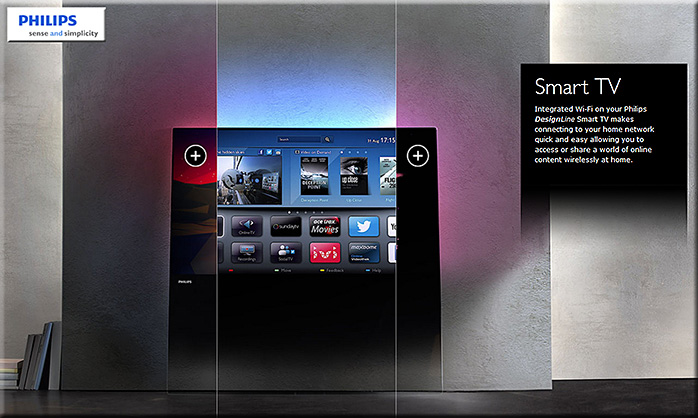Part 3: Transmedia is a mindset, not a science — from by Matt Doherty — thanks to the Scoop from siobhan-o-flynn at Tracking Transmedia
The end of TV as we know it & the rise of transmedia
.

.
Also see:
The end of TV as we know it & the birth of transmedia — slideshare by Ogilvy & Mather
Doug Scott, President, OgilvyEntertainment and Matt Doherty, Transmedia Architect, Ogilvy & Mather Worldwide presented The End of TV as We Know It & The Birth of Transmedia at the 21st Century Storytelling Conference: Content, Context and Conversations sponsored by Microsoft, Ogilvy & BrainJuicer on July 31, 2012 in Chicago.
Throughout history, we have told stories. Stories are what connect us across geographies, cultures and experiences; stories demonstrate that we share the same hope, dreams, fears, challenges and desires. Today’s complex, digtally connected consumer universe makes brand storytelling more challenging, but also creates opportunities for brands to tell their stories in new ways.
Doug Scott and Matt Doherty discussed how the idea of TV might be a thing of the past, but the stories that drive our content will always be our constant. Our variable? Telling. Telling has evolved due to the primary role of digital in our lives and disruptive innovation which has given us the ability to craft transmedia experiences. Transmedia has brought about a new set of creative tools and narratives that are rooted in content, formed by context and crossed by all things culture. Are you a story? Or are you a teller?

![The Living [Class] Room -- by Daniel Christian -- July 2012 -- a second device used in conjunction with a Smart/Connected TV](http://danielschristian.com/learning-ecosystems/wp-content/uploads/2012/07/The-Living-Class-Room-Daniel-S-Christian-July-2012.jpg)









